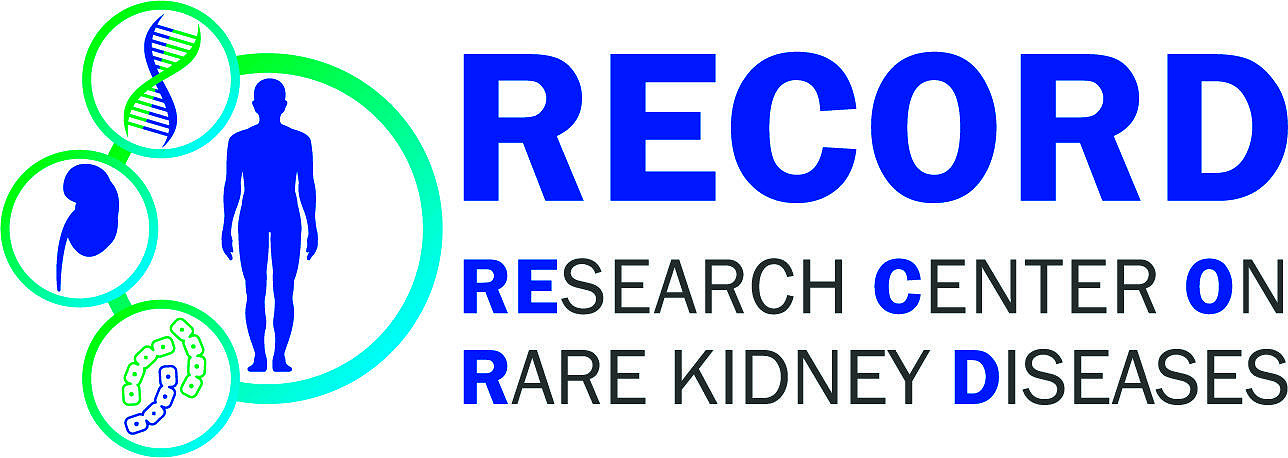 PLEC, a novel candidate gene for lower urinary tract obstructions (LUTO)
PLEC, a novel candidate gene for lower urinary tract obstructions (LUTO)
Wissenschaftliches Arbeitsprogramm (Abstract)
LUTO represent urinary bladder outflow obstructions. Most represent an anatomical blockage of the urethra, some represent voiding dysfunctions. The most common forms are posterior urethral valves (PUVs), a male limited lesion (Capone et al. 2022). The present application employs systematic functional analysis of the human LUTO candidate gene PLEC (* 601282) in zebrafish.
In order to proof a specific involvement of PLEC in human congenital anomalies of the kidneys and urinary tract (CAKUT), especially LUTO, the applicant will perform a transient CRISPR/Cas9 knockdown (KD) of PLEC in zebrafish larvae (zfl) using self-designed single guide RNAs (sgRNA) targeting different genomic positions in the zebrafish orthologs pleca and plecb (Giera et al. 2018). For visualization of specific morphologic changes of the zebrafish urinary tract the applicant will use two transgenic zebrafish reporter lines (Tg(wt1b:eGFP), Tg(HGj4A;UAS:GFP)). The transgenic zebrafish line Tg(wt1b:eGFP) shows eGFP-coupled wt1b expression in the proximal pronephric duct. Accordingly, the transgenic zebrafish line Tg(HGj4A;UAS:GFP) shows eGFP-coupled expression in the distal pronephic duct, cloacal opening and gut. Targeting different genomic regions of pleca and plecb will be used to identify those coding regions respectively protein domains of PLEC that are involved in embryonic urinary tract formation.
